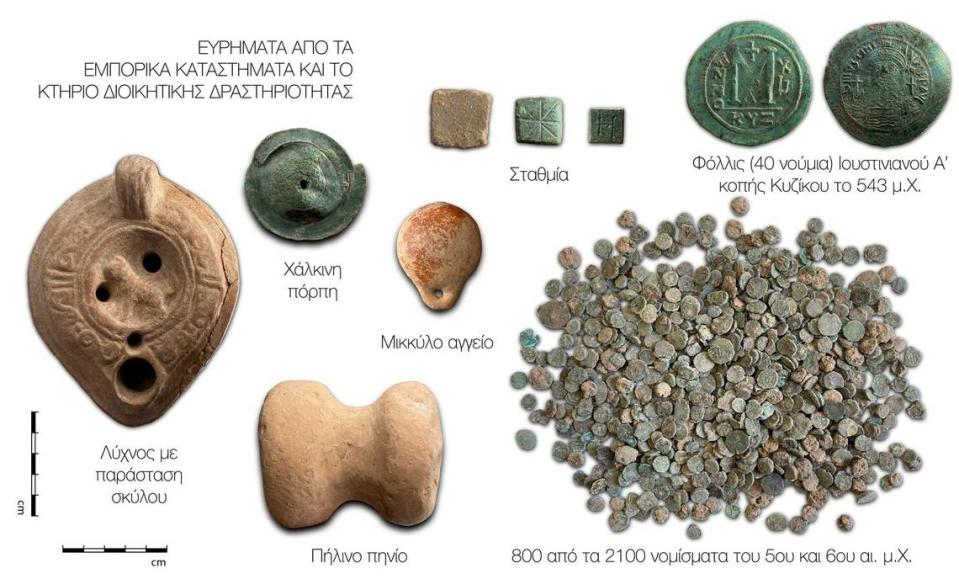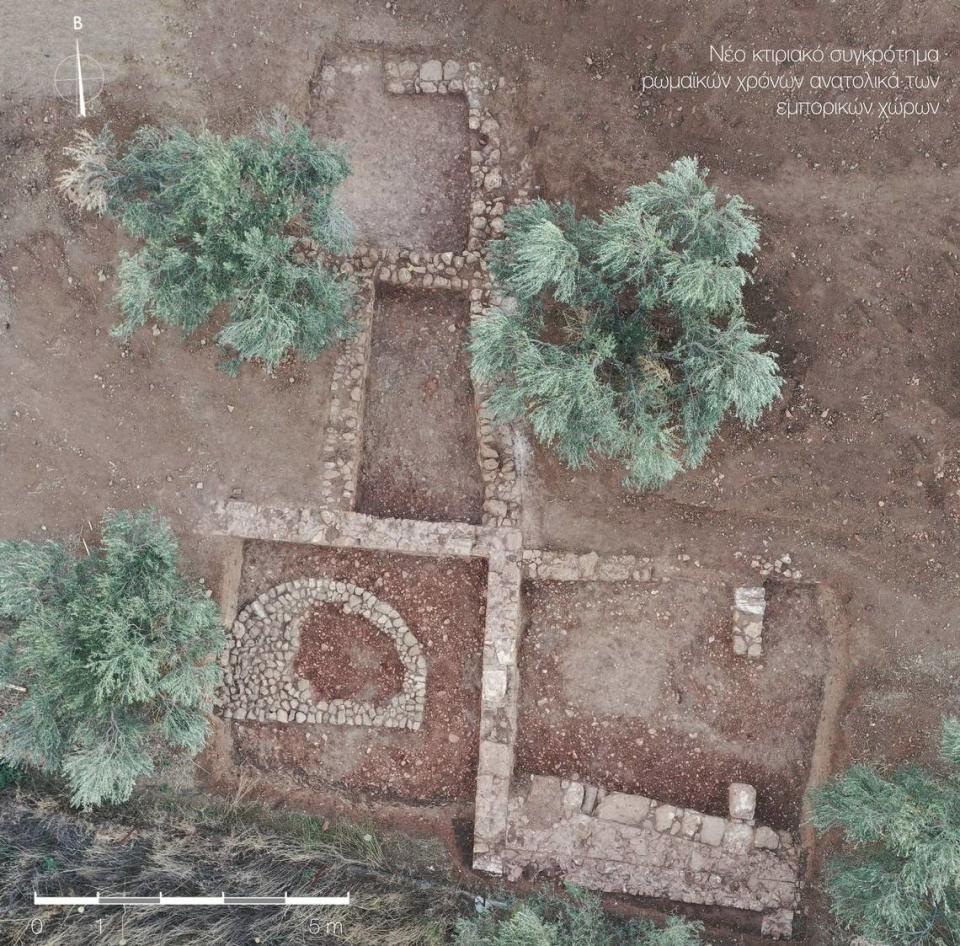More and more of ‘lost city’ in Greece uncovered. Take a tour of the abandoned site
For centuries, the ancient Greek city of Tenea lived only in myths, rumors and treasure hunts. Now, archaeologists are bringing the city back to life.
According to myth, the “lost city” of Tenea was built somewhere in southern Greece by Trojan war prisoners around 1100 B.C., archaeologist Eleni Korka told BBC in 2019. At some point for some unknown reason, the city disappeared.
The ruins of Tenea were finally rediscovered in October 2018 by Korka’s team, the outlet reported. The city was unearthed near Chiliomodi, about 60 miles east of Athens.
Ever since, archaeologists have been excavating the abandoned site. Four new sections of the city were recently uncovered, according to a Jan. 20 news release from Greece’s Ministry of Culture and Sports.
Researchers unearthed Tenea’s Roman sector, an area dense with commercial activity and the ruins of small shops. Down one central cobblestone street and along a smaller passage, excavations found a room with 2,100 coins and weights. The room was likely the seat of a local government official.

Inside another Roman-era structure, researchers uncovered three furnaces and two rectangular tanks. Olive kernels were found scattered about the complex. The building likely housed a laboratory complex used as an olive mill. Photos show what remains of the site.

Toward the edge of the city ruins, archaeologists unearthed a portion of a stone boundary wall. Photos show the fragmented structure. A section of the wall had the ruins of a Roman-era cistern that likely served as the city’s aqueduct and water supply.

Near the wall, researchers found an above-ground burial monument. Photos show the funerary structure with multiple burial chambers inside. Archaeologists found a child’s burial in one corner along with bronze coins, lamps, a glass incense burner and an urn.

Other ruined structures had more ambiguous purposes. At one public building with elaborate stone masonry, archaeologists found silver and copper coins, an iron pickax, key, arrowhead and other pottery. The purpose of the building remains unclear.

Nearby, however, archaeologists unearthed a cult space filled with carved offering figures. Photos show some of the human and animal-shaped carvings.

These findings have illuminated the economic strength and prosperity enjoyed by inhabitants of ancient Tenea, according to the release. Questions about the “lost city” linger, however, and archaeologists will continue excavations.
Google Translate was used to translate the news release from Greece’s Ministry of Culture and Sports.
1,100-year-old prank? Or important symbol? Handprint uncovered along moat in Israel
Pink sarcophagus — weighing over 22,000 pounds — found at family burial site in Egypt
Mysterious shipwreck discovered years ago off UK coast. Now researchers have answers

 Yahoo Movies
Yahoo Movies 
